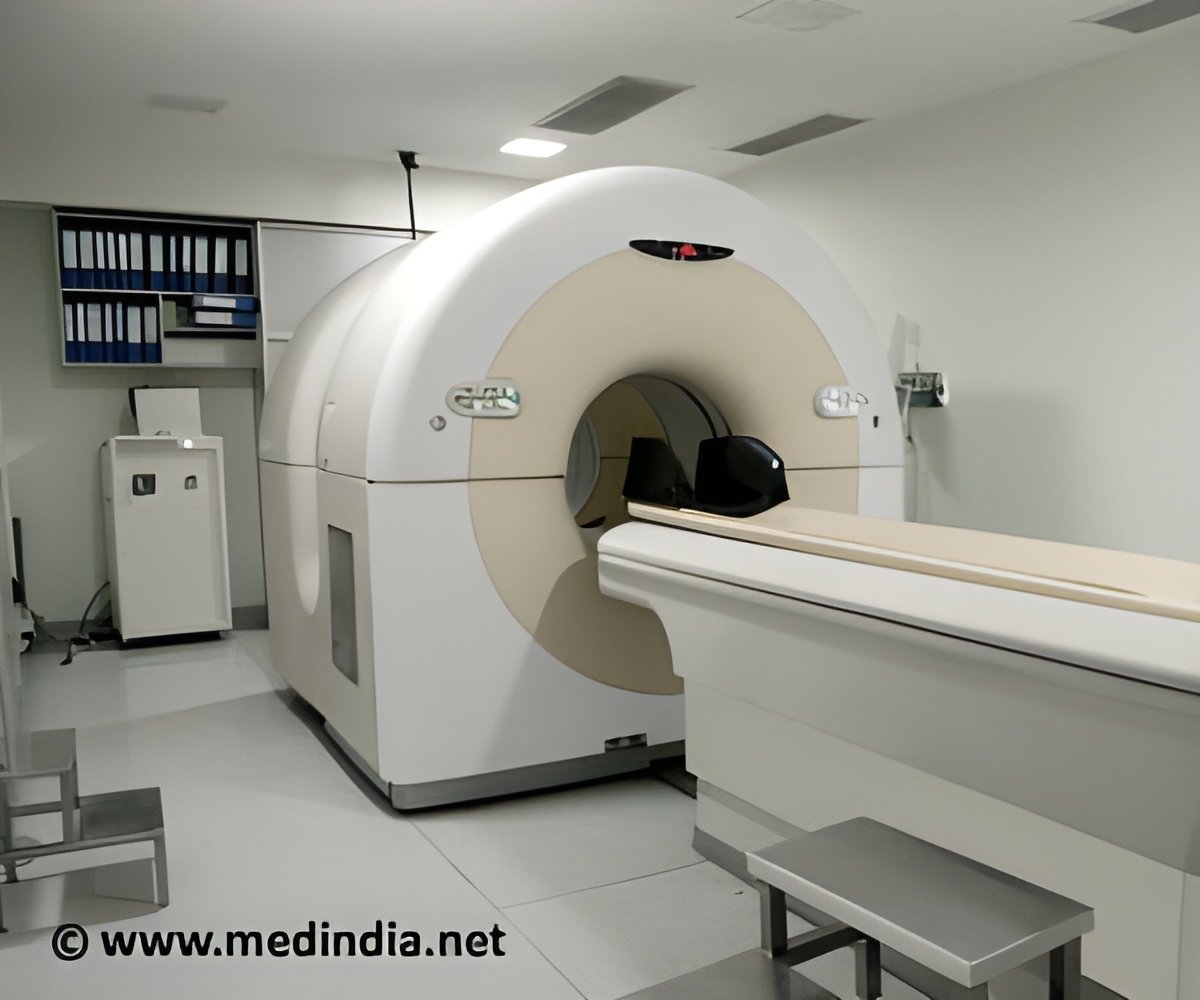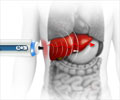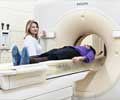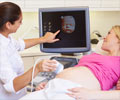
NIST’s technique, created over the past few years, is used to calibrate devices, ‘phantoms,’ specifically for PET scanners.
The system can be used fine-tune PET scanners that find cancers and track the progress of treatments, among other diagnostic applications. It can also be used to ensure the accuracy of some of the newest scanners on the market.
Phantoms are simply blocks of materials known to respond to X-rays in a consistent, known manner that’s similar to the way human tissues respond.
They are commonly used to examine medical imaging devices such as X-ray scanners.
PET phantoms are considered to be more complicated because the scanners work by detecting radioactive materials injected in the patient.
Advertisement
Brian Zimmerman, part of the NIST group, says that the team is working on calibrating two more commercial phantom designs for Sanders that will be used with other types of clinical PET scanners. Also, the increased availability of NIST measurement traceability for clinical use could help save time and money for patients, he adds.
Advertisement
Source-Medindia









